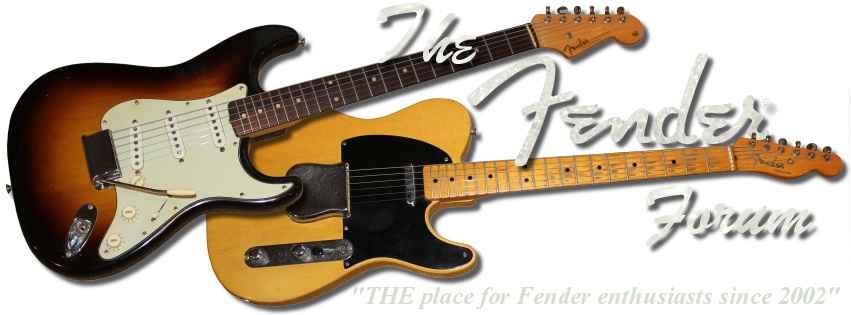Why do hollow bodies and semi-hollow bodies have feedback problems that require a solid chunk of wood down the center to control? Magnetic pickups only respond the vibrations of the strings, or do they? How does the wood isolate the pickups? Are HB pickups worse than SC pickups for feedback? Gibson ES guitars seem to use HB as do many other types.
Another way to ask this would be;
If you were designing a hollow body guitar could you control feedback without a big chunk of lumber inside to mount the pickups in? If so, how?
.............Bill



 Reply With Quote
Reply With Quote I have to understand the mechanism so I can try to avoid bandaids like foam. I'm talking a clean sheet of paper here, not fixing or modding an existing existing guitar......Bill
I have to understand the mechanism so I can try to avoid bandaids like foam. I'm talking a clean sheet of paper here, not fixing or modding an existing existing guitar......Bill










